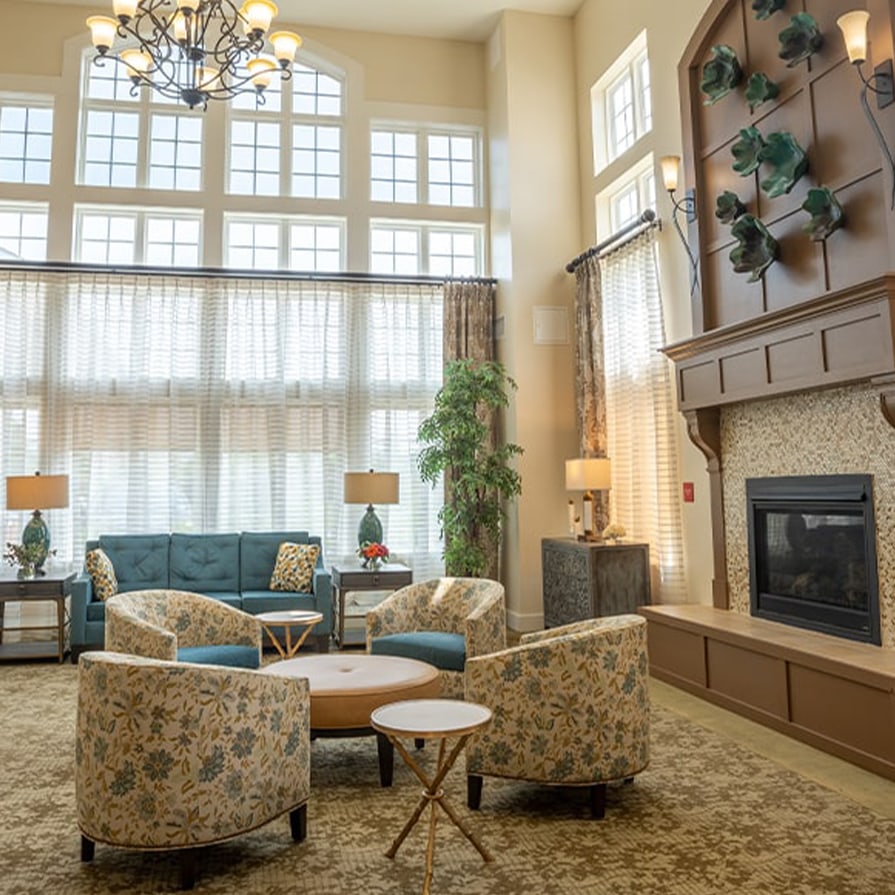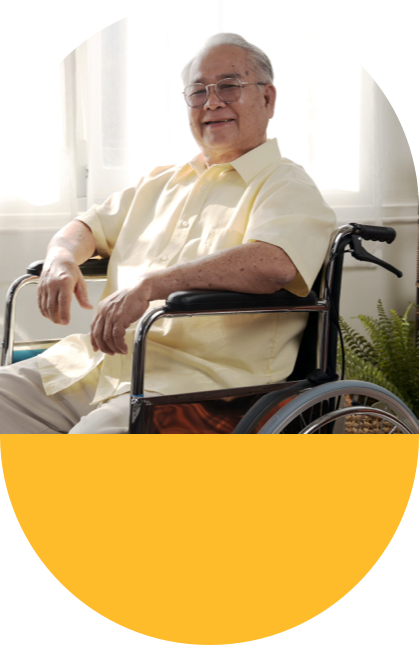Assisted living communities provide housing, 24-hour care, and assistance with daily activities for older adults. These communities aim to promote independence, maintain dignity, and improve the quality of life for their residents.
One way assisted living communities achieve this is through personalized care plans. These are customized plans created for each resident based on their individual needs and preferences. Personalized care plans help to ensure residents receive the appropriate level of support they need while still maintaining a sense of control over their lives.
Why Are Personalized Care Plans Important?
Every person has unique physical, emotional, and cognitive needs, which may change over time. In an assisted living setting, it can be challenging to meet these varying needs while still providing a sense of autonomy and dignity for residents. Personalized care plans address this challenge by tailoring the level of support to each individual, allowing them to maintain their independence and make choices that are meaningful to them.
Additionally, personalized care plans ensure residents receive the right type of assistance at the right time. This can prevent unnecessary interventions or disruptions in daily routines, which may cause stress.
How Do Personalized Care Plans Benefit Residents?
There are several benefits to having personalized care plans in assisted living communities. These include:
- Individualized attention: With a personalized care plan, residents receive focused attention from their caregivers. This allows for better communication and understanding of each resident’s needs.
- Maintaining independence: Personalized care plans take into account the level of support each resident needs while also promoting independence. This allows residents to maintain control over their daily routines and make decisions that align with their personal preferences.
- Reducing stress: By receiving the appropriate level of care and support, residents can avoid unnecessary disruptions in their daily lives. This can help reduce stress and promote a sense of stability and routine.
- Improved quality of life: Personalized care plans are tailored to address each resident’s specific needs, which can lead to an improved quality of life. Residents are able to receive the right type of assistance at the right time, allowing them to thrive in their new homes.
- Preventing caregiver burnout: Caregivers in assisted living communities are responsible for meeting the needs of multiple residents. A personalized care plan helps ensure each resident receives the appropriate level of support, reducing the risk of caregiver burnout. This allows caregivers to provide quality care and attention to each resident.
- Flexibility: Personalized care plans can be adjusted as a resident’s needs change. This allows for flexibility in the level of care provided and ensures that residents continue to receive the best possible support as they age or their health conditions evolve.
- Building Relationships: Personalized care plans also allow caregivers to build strong relationships with residents. By understanding a resident’s unique needs, interests, and preferences, caregivers can provide more meaningful and personalized care.
How Are Personalized Care Plans Created?

Personalized care plans are typically developed through a collaborative effort between the resident, their family members, and health care professionals. Here are some steps involved in creating a personalized care plan:
- Assessment: The first step is to comprehensively assess the resident’s physical, emotional, and cognitive needs. This process may involve conducting detailed interviews with the resident and family members, reviewing medical records, and observing their daily routines to gain a holistic understanding of their condition and preferences.
- Goal Setting: Based on the thorough assessment, realistic and personalized goals are set with input from the resident and their family members. These goals may include maintaining current abilities, improving overall health and wellness, or effectively managing chronic conditions. The goals should be specific, measurable, and achievable to guide the care plan.
- Care Plan Development: Based on the assessment findings and established goals, healthcare professionals collaboratively develop a detailed care plan. This plan outlines specific actions, interventions, and support needed to address the resident’s unique needs. It may include medical treatments, therapy sessions, dietary adjustments, and social activities to promote overall well-being.
- Regular Review: Personalized care plans should be reviewed and updated regularly to ensure they continue to meet the resident’s evolving needs. This involves ongoing monitoring, re-assessment, and adjustments based on the resident’s progress, new health developments, or changing circumstances. Regular reviews help maintain the effectiveness and relevance of the care provided, ensuring the resident’s best possible quality of life.
Personalized & Compassionate Support for the Elderly at Juniper Village at Preston Hollow
A comprehensive and person-centered approach to care planning is essential for meeting the needs of residents. This holistic approach not only promotes physical well-being but also addresses emotional and cognitive needs to enhance the overall quality of life for older adults in assisted living communities.
At Juniper Village at Preston Hollow, our team works closely with residents and their families to develop and regularly review personalized care plans that support their individual goals and needs. By prioritizing ours residents’ autonomy, preferences, and interests, we strive to provide compassionate care in a safe and nurturing environment.
We believe that through collaborative care planning, we can help older adults live fulfilling lives with dignity and respect. Reach out to us today to learn more about our person-centered approach and how we can support your loved one’s unique needs.







